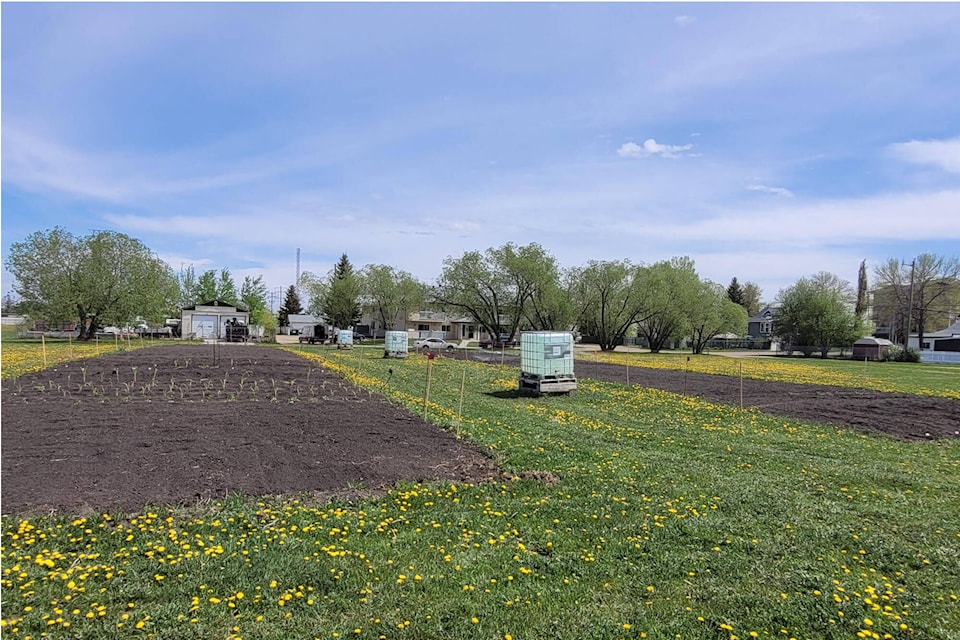A community is about so much more than houses and businesses. When it comes to creating neighbourhoods — and cities — we love to call home, it’s also about inviting screetscapes and parks where we can play or relax and watch the bees at work, cool places to rest on a hot day while the birds chatter above, and clean air to breathe.
A common denominator among these other essentials are trees and other flora — which is why the City of Wetaskiwin is working to increase greenery throughout the city.
On June 1, the Parks Department will be working with Sacred Heart School to plant 31 trees. Working with about 55 students in the school’s Grade 6 classes, the project will do more than add trees to the grounds; it will also help share with the students why it’s important to plant and care for trees in the urban environment.
In a forest, when trees shed their leaves, they decompose, feeding the soil on the forest floor, which allows seeds to sprout into new trees, explains Wetaskiwin arborist Colton Craig.
“In a city, that doesn’t happen — we’ve disrupted that cycle — so the only way to have an urban forest is if we actively maintain and regenerate it,” he says.
Not only are trees essential to the air we breathe, they also sequester carbon, their shade can help extend the longevity of road surfaces, and they help reduce the air temperature on those hot summer days. “They’re like a city’s air conditioner,” Craig adds.

The planting project builds on initiatives like the creation of Wetaskiwin’s first edible food forest last June, when the Public Works department planted 41 fruit-bearing trees and shrubs in Montgomery Park.
A concept growing in popularity across North America, urban food forests are designed using the permaculture guild system, which selects trees and shrubs that will regrow year after year without replanting. The Wetaskiwin project should start yielding a bountiful harvest within a few years.
Wetaskiwin will be expanding the food forest this spring, thanks to a partnership with the Horizons Centre. In celebration of its 40th anniversary this year, the centre is
supporting the planting of another nine fruit trees and 46 fruit-bearing shrubs, Craig says.
For those who want to grow more of their own fruits and veggies, the City also offers community gardens, with 10 by 30 foot plots available for residents to rent on a first-come, first-served basis.
Three locations are available for growing this year:
- 47 Street (across from the Early Education building): One plot per household allowed
- Montgomery Park (53 Street & 52 Avenue): Two plots per household allowed
- Centennial Park (55A Street & Centennial Drive): Two plots per household allowed
A $50 deposit is required prior to planting, with $30 refunded at the end of the season once the garden plot is properly cleaned out by the plot holder. To learn more, including how to apply for a plot, visit wetaskiwin.ca/907/Community-Gardens.
